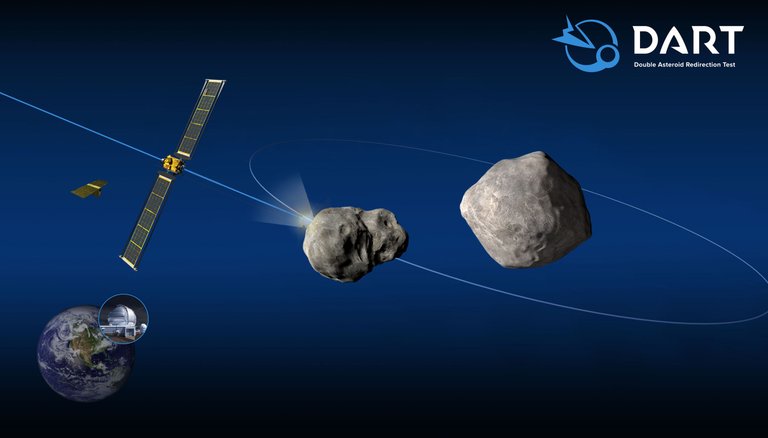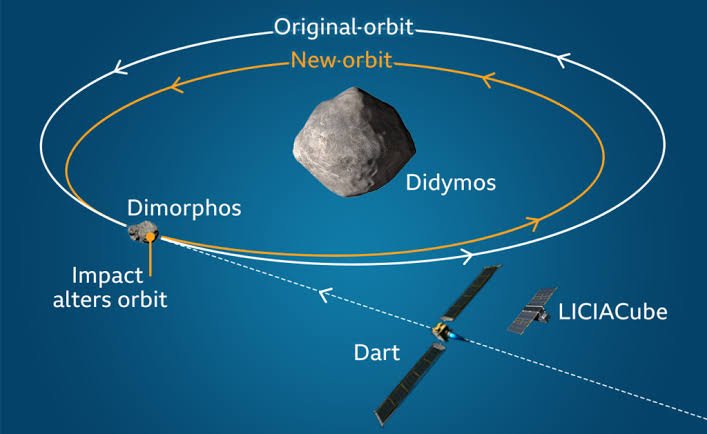“That was just so smooth!” I exclaimed as I saw a viral video of how SpaceX made history catching a speeding rocket on landing. I couldn't help but think that with that amount of technology, we do not have to worry about an asteroid hitting the earth and bringing all humans to rest.
Not too long after I came across the video did I see yet another video about reflective foils and how they can be used to trap asteroids. This automatically led to so many questions, causing me to dive deeper.

What Is Asteroid Deflection About?
Asteroid deflection involves the use of solar sail or reflective foils to deflect potentially threatening asteroids. This method leverages the momentum of sunlight or laser beams to propel and deflect asteroids. As such, the reflective foils change the way the asteroids absorb heat.
What is The Purpose?
To reiterate, the primary goal of asteroid deflection is to prevent potential impacts that could cause catastrophic damage to the earth.
NASA and other space agencies have identified asteroids as a significant threat with over 18,000 known near earth objects (NEO's). As a result, deflecting or at least disrupting asteroids could lead to protecting the human race and preserving our planetary resources at large.
How Is It Done?
This is one question many people ask and the astounding fact is that this deflection is done in three seemingly easy steps:
First, a large but thin reflective material e.g Aluminium or Mylar, is deployed near the asteroids.
Next, the thin foil is illuminated with sunlight or a high-powered laser.
The momentum from photons are harnessed over time to propel the asteroid in a different direction.

An innovation like this obviously comes with some advantages and shortcomings. Some of the advantages include:
Low Mass: the foil used for the deflection is lightweight, reducing the overall cost required to carry out the experiment.
High Efficiency: photon momentum transfer can achieve high specific impulses leading to desired results.
Scalability: Larger foils or even more number of foils can be deployed to increase the chances of deflection.
With advantages come disadvantages. Some of the shortcomings include:
Distance and Communication: asteroids are often very far away making communication and control quite difficult.
Material Durability: this is one of my greatest concerns. How can a lightweight foil overcome a supposedly heavy asteroid? Also, foil degradation due to radiation, temperature fluctuations and micrometeorites is yet another concern.
Asteroid Characteristics: the shape, size, spin and even composition of an asteroid may affect deflection efficiency.
Research shows that in the month of September, 2022, a groundbreaking test of planetary defence was carried out successfully by NASA. They called it the Double Asteroid Redirection Test (DART) mission. Currently, more research is being carried out in order to promote better efficiency in the future.
This operation seems really promising and may play a major part in defending the earth in the future. What are your thoughts on this?
Liebe🤍